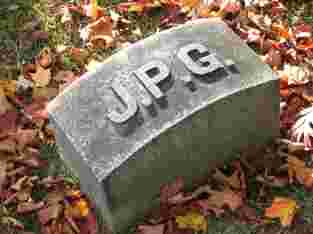Multipurpose Internet Mail Extensions (MIME) Types
Web Architecture (INFO 290-03)
Erik Wilde, UC Berkeley School of Information
2007-09-27
This work is licensed under a CC |
This work is licensed under a CC |
One of the most important aspect of computer-based communications is the concept of media types, the question what type of information some digital artifact represents, and how it is encoded. The most common standard for this information is the scheme introduced by Multipurpose Internet Mail Extensions (MIME). Media types can be negotiated by peers communicating through HTTP. Some media types allow fragment identifiers, which allow references to a resource to identify a fragment of the complete resource.
/etc/mime.types, a list of mappings between extensions and media typesfile command uses simple fingerprints (specified in /etc/magic)image/bmp bmp image/cgm image/g3fax image/gif gif image/ief ief image/jpeg jpeg jpg jpe image/naplps image/png png image/prs.btif image/prs.pti image/tiff tiff tif
0 string P1 image/x-portable-bitmap 0 string P2 image/x-portable-graymap 0 string P3 image/x-portable-pixmap 0 string P4 image/x-portable-bitmap 0 string P5 image/x-portable-graymap 0 string P6 image/x-portable-pixmap 0 string IIN1 image/tiff 0 string MM\x00\x2a image/tiff 0 string II\x2a\x00 image/tiff 0 string \x89PNG image/x-png 1 string PNG image/x-png 0 string GIF8 image/gif
renderingXML is unbelievably slow (and very primitive)
vnd.prefixed subtypes with less requirements than
regulartypes
self-contained
spreadsheet data

|

|

|
| Q = 50, filesize 15,138 bytes | Q = 10, filesize 4,787 bytes | Q = 1, filesize 1,523 bytes |
|---|

http://dret.net/netdret/publications#wil02h<a name="frag-id">incoming anchors</a><p id="frag-id">every element to have an id</p>view source)
#…#element(/1/2) or …#element(intro/3/1)